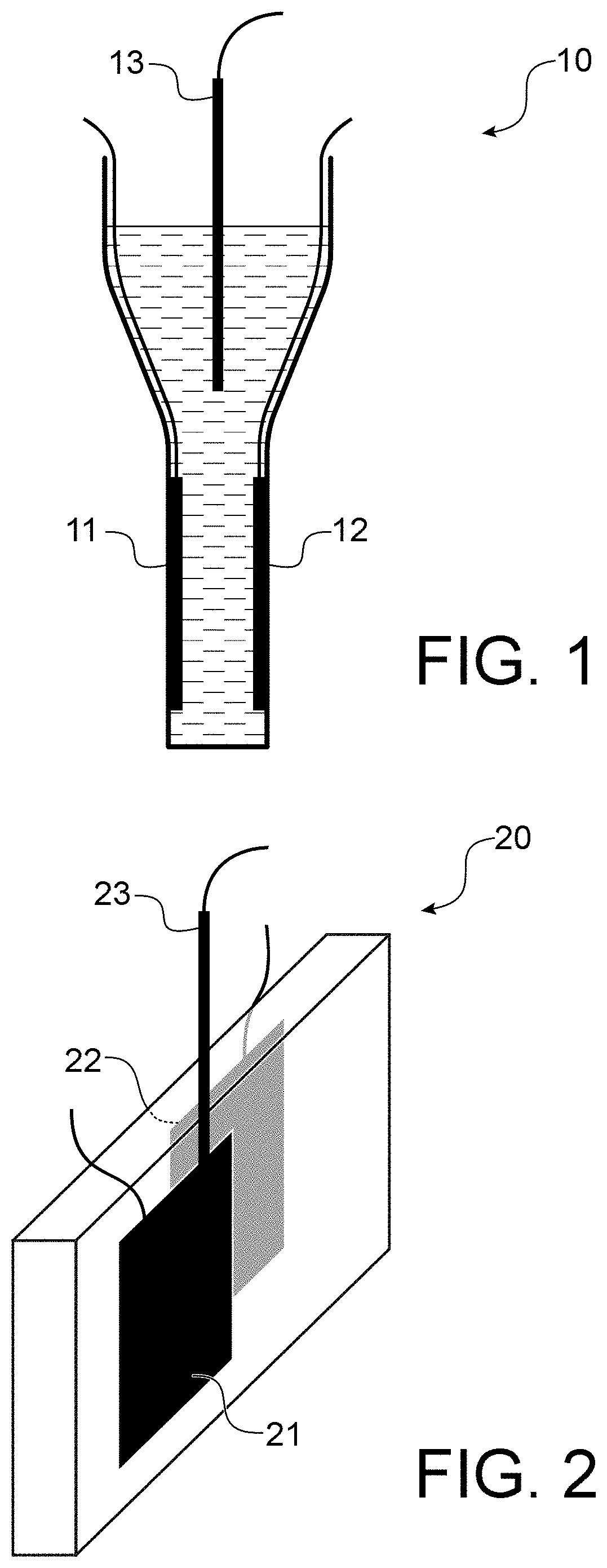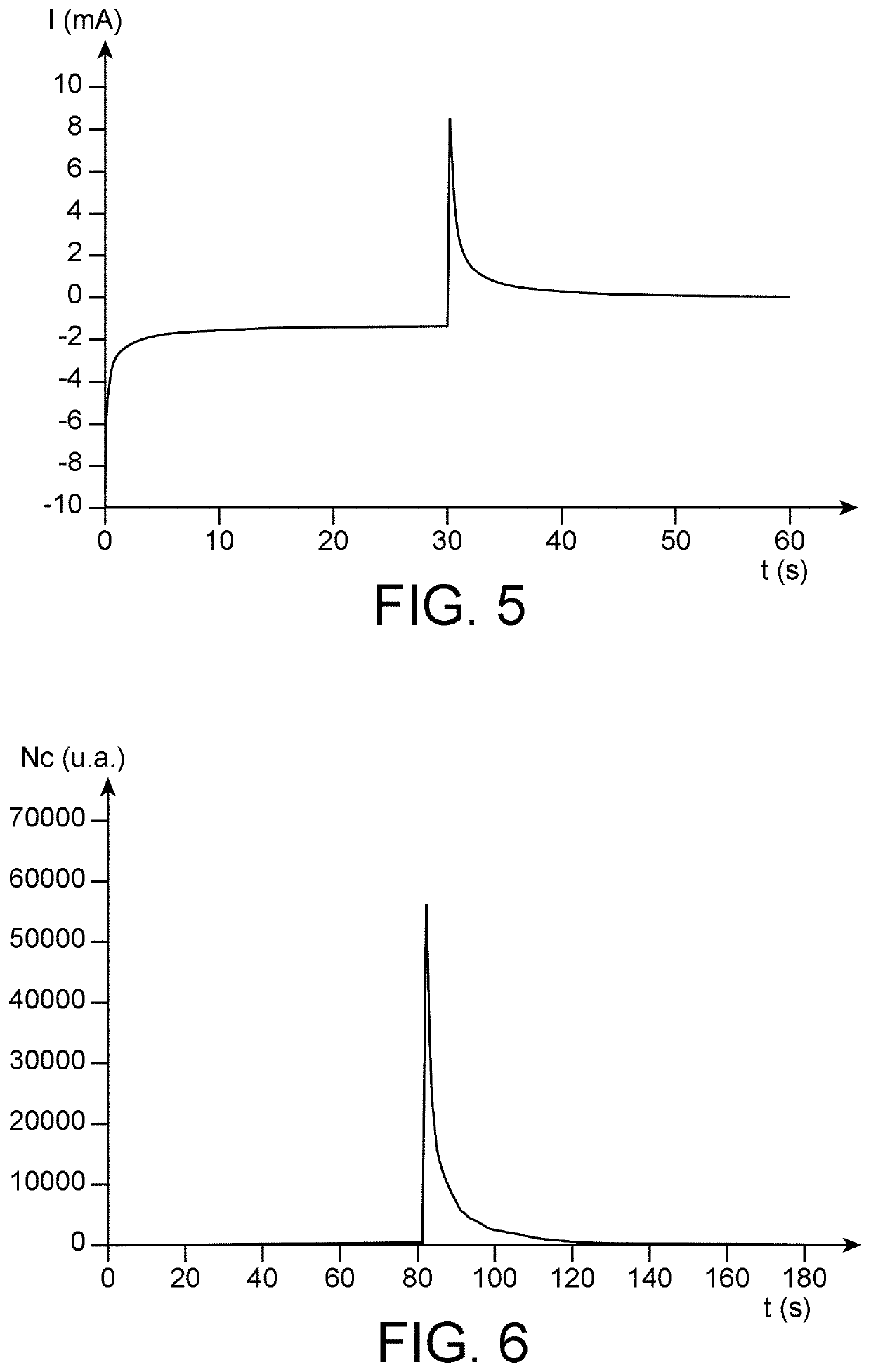Method for detecting skatole in a sample of pig adipose tissue
a skatole and adipose tissue technology, applied in the agrifood sector, can solve the problems of skatole in the sample of pig adipose tissue, high signal/noise ratio, and inability to detect skatole spontaneously, and achieve the effect of preventing spontaneous fluorescence and high signal/noise ratio
- Summary
- Abstract
- Description
- Claims
- Application Information
AI Technical Summary
Benefits of technology
Problems solved by technology
Method used
Image
Examples
Embodiment Construction
[0126]The experiments which are described below are performed using:[0127]either organic extracts of samples of pig adipose tissue, which is either contaminated with skatole or not;[0128]or solutions referred to as “standard solutions” in the following and comprising synthetic skatole in acetonitrile.
I—Preparation of the Organic Extracts of Samples of Pig Adipose Tissues and of the Standard Solutions
[0129]I.1—Organic Extracts:
[0130]The organic extracts of samples of pig adipose tissues, which are either contaminated with skatole or not, are prepared for each extract according to the following operating protocol.
[0131]A sample of adipose tissue from a pig, cut finely, is placed in a glass beaker and brought to a temperature of 120° C. for 1 hour. During this heating, the beaker is not covered to allow the water vapour to escape. The size of the sample of adipose tissue is selected such that at least 5 mL of melted fat is collected at the end of this step.
[0132]Then, 5 mL of this melt...
PUM
 Login to View More
Login to View More Abstract
Description
Claims
Application Information
 Login to View More
Login to View More - R&D
- Intellectual Property
- Life Sciences
- Materials
- Tech Scout
- Unparalleled Data Quality
- Higher Quality Content
- 60% Fewer Hallucinations
Browse by: Latest US Patents, China's latest patents, Technical Efficacy Thesaurus, Application Domain, Technology Topic, Popular Technical Reports.
© 2025 PatSnap. All rights reserved.Legal|Privacy policy|Modern Slavery Act Transparency Statement|Sitemap|About US| Contact US: help@patsnap.com



